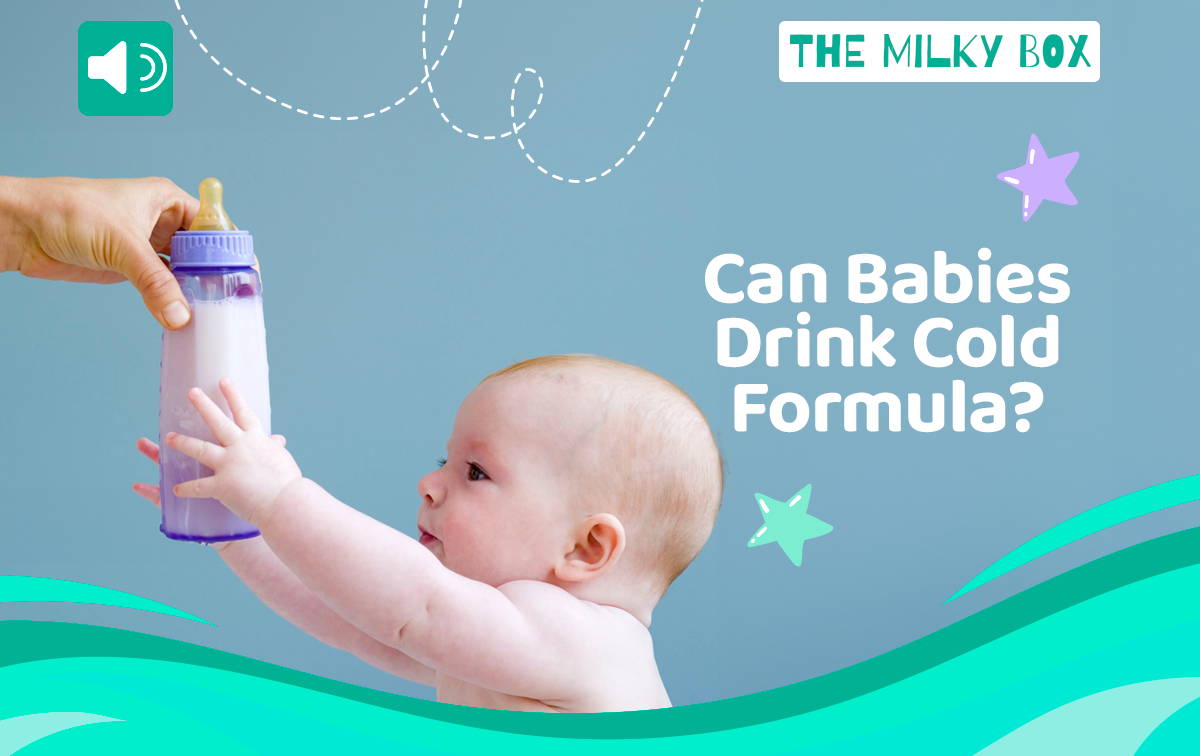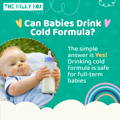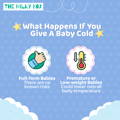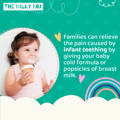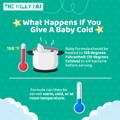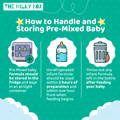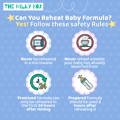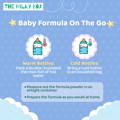The temperature at which the formula is served does not influence its nutritional content. Whether served cold or warm, the formula retains the essential nutrients for your baby's growth and development.
However, ensuring that the water used to prepare the formula cools to 70°C (158°F) before mixing is vital. Temperatures exceeding this threshold can potentially compromise the nutritional quality of the formula.
